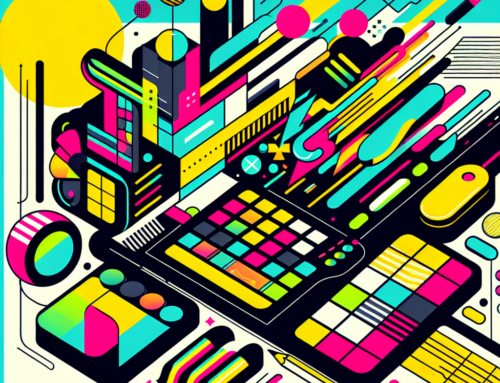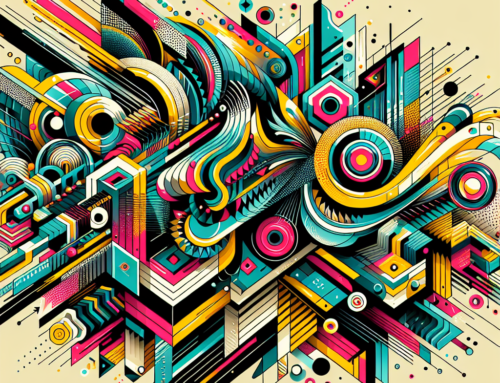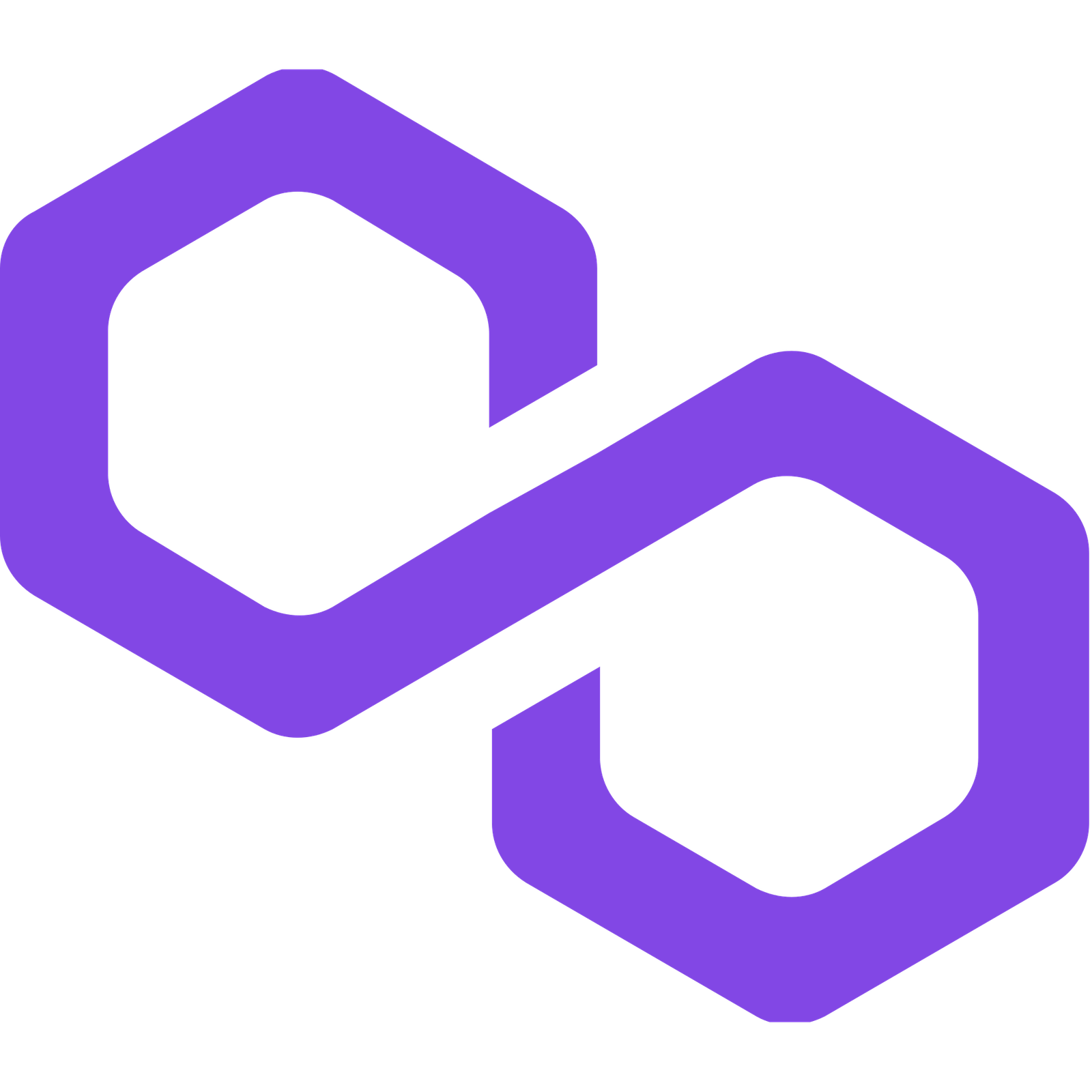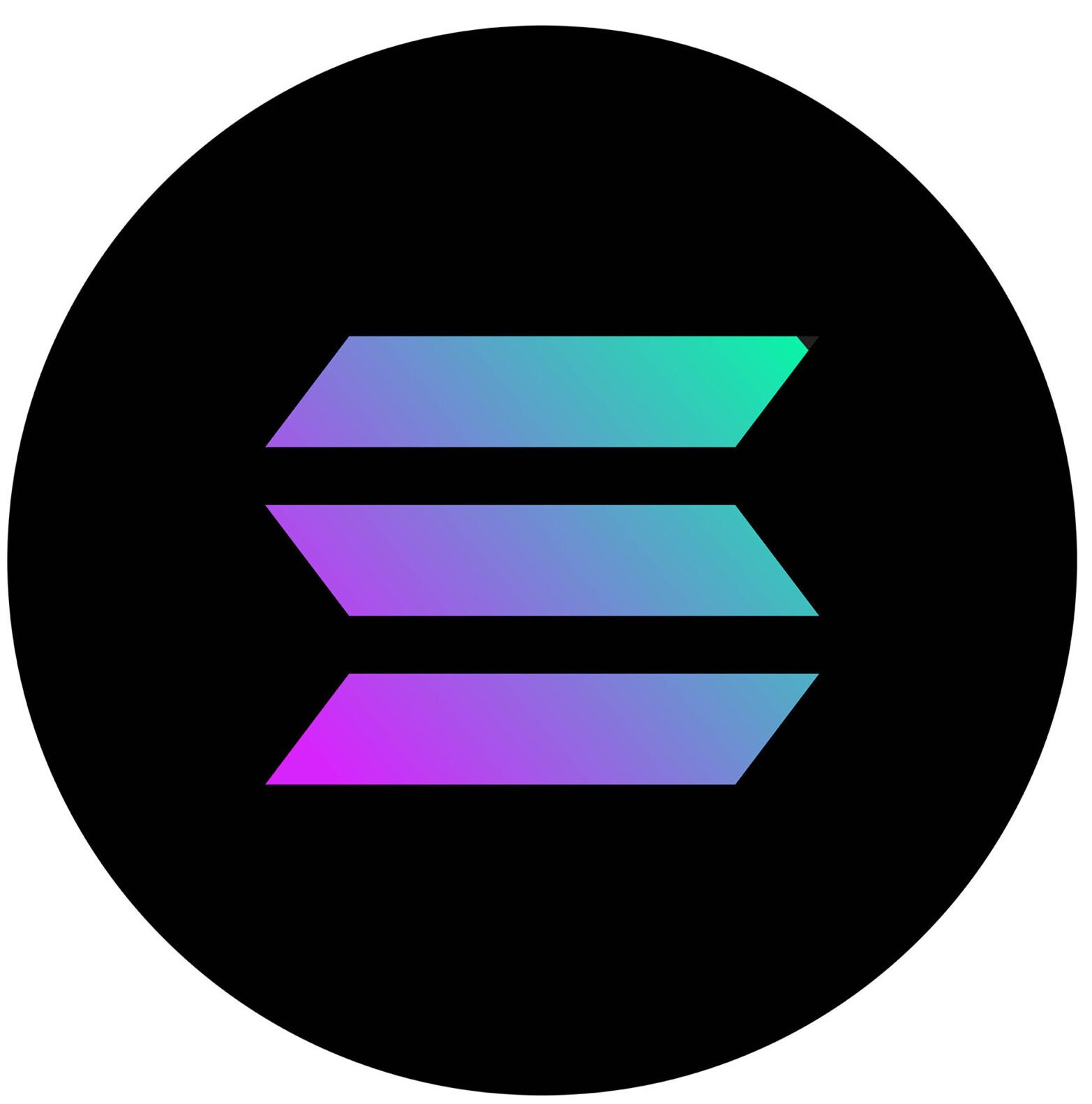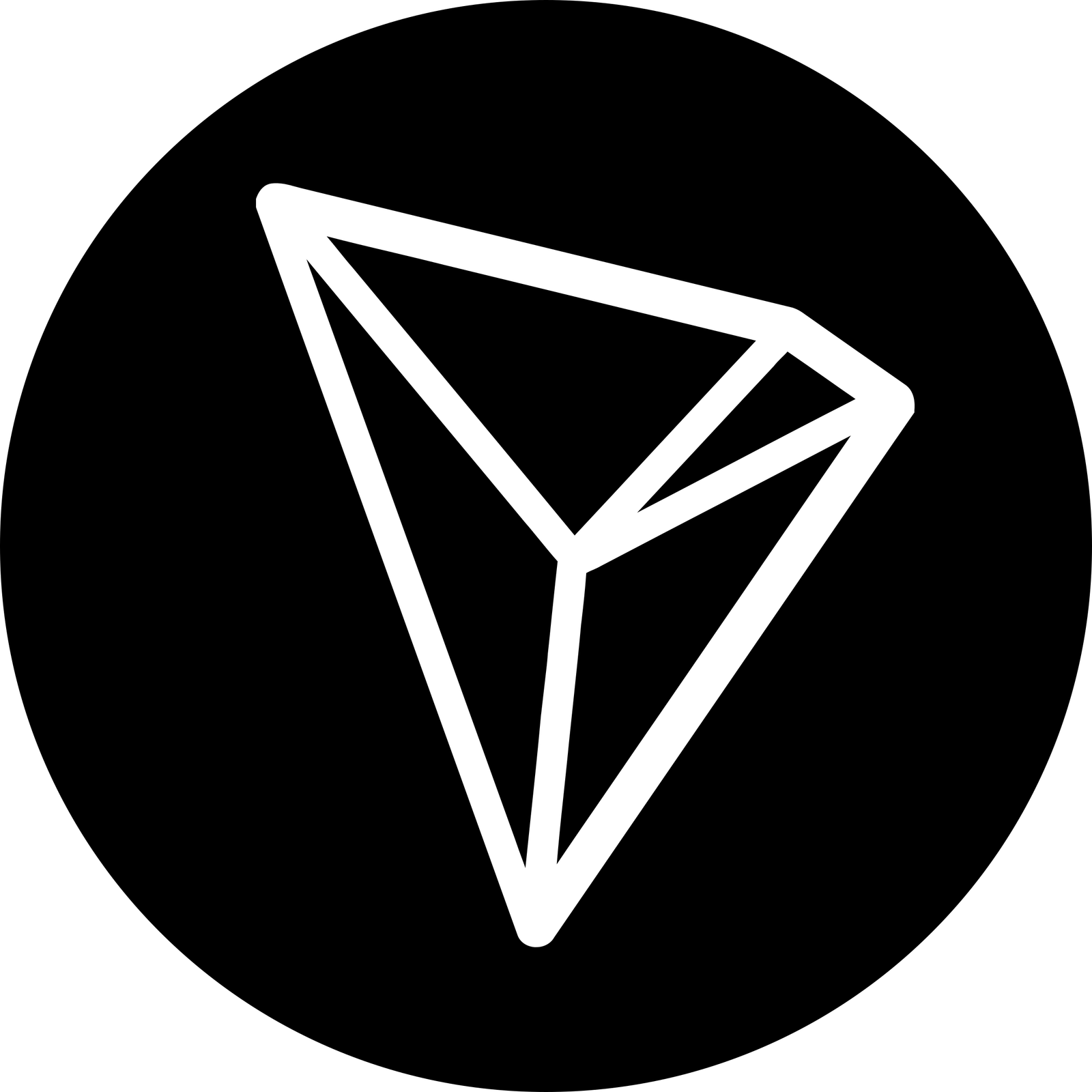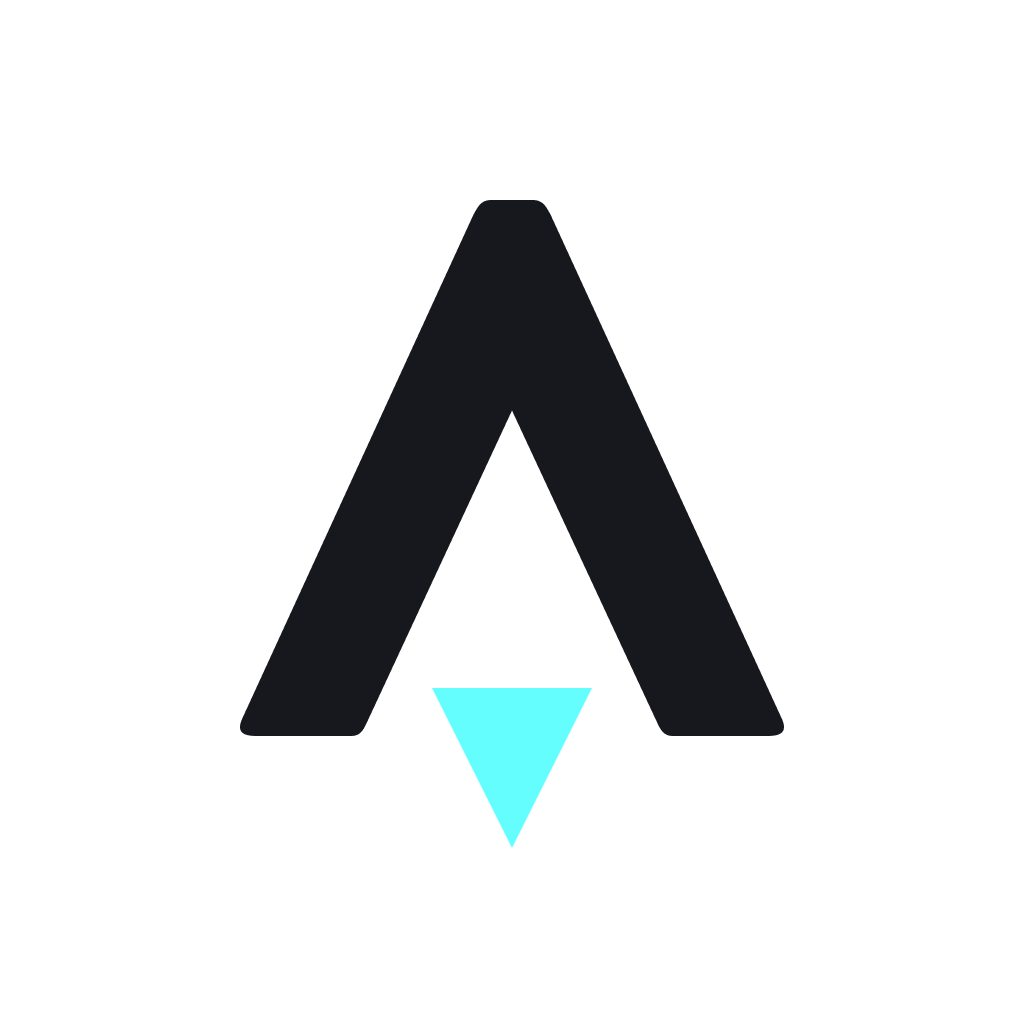Unlocking Blockchain: The Future of Secure Transactions
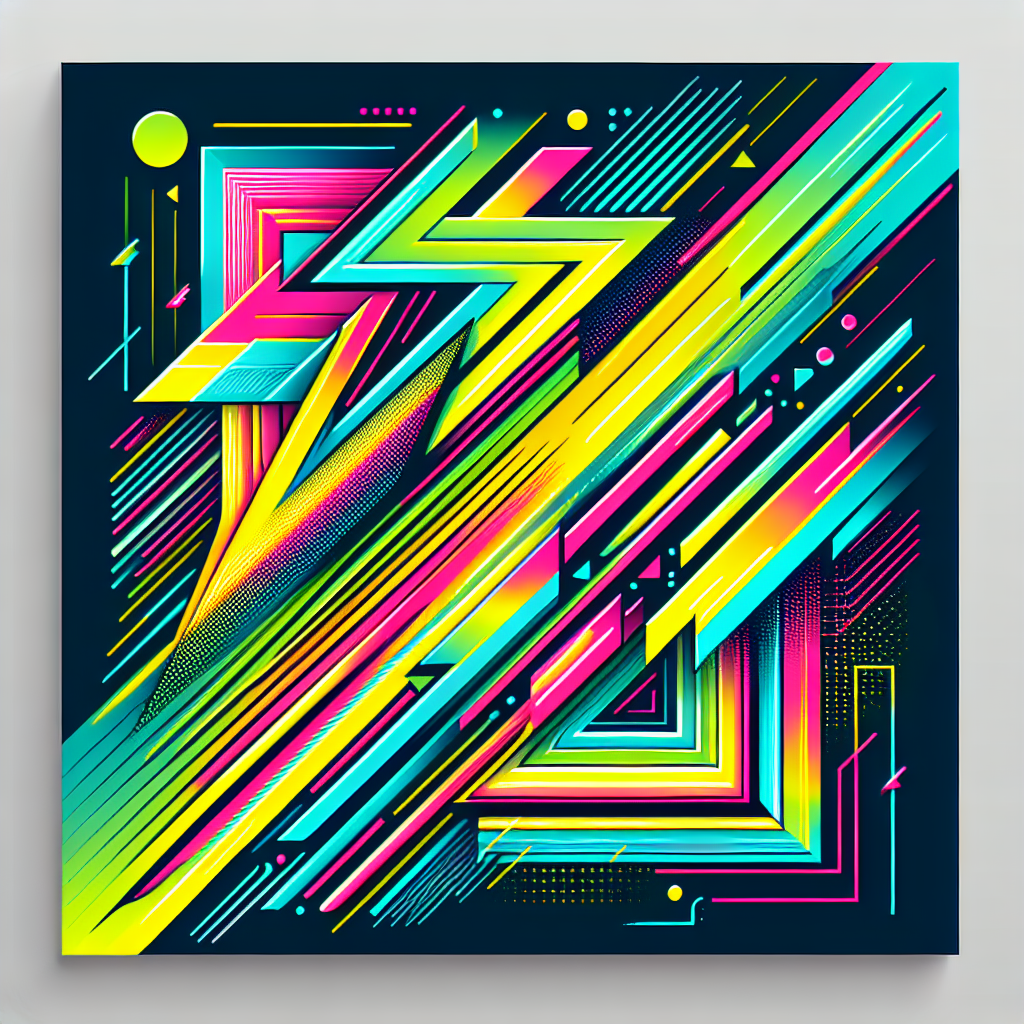
Unlocking Blockchain: The Future of Secure Transactions
The evolution of the digital landscape is undeniably intertwined with blockchain technology, a cornerstone of the Web3 ecosystem. Enabling trustworthy secure transactions, blockchain serves as a decentralized ledger that underpins cryptocurrencies, decentralized finance (DeFi), and non-fungible tokens (NFTs). As we traverse through the latest trends and breakthroughs in this convoluted yet promising realm, it’s essential to grasp how Web3 is reshaping industries such as finance, gaming, and art while intertwining with immersive technologies like AI and virtual reality.
Innovative Developments and Emerging Technologies
The Web3 landscape is undergoing rapid transformation. Blockchain protocols are becoming increasingly sophisticated, enabling faster and cheaper transactions. For instance, Ethereum’s recent transition to a proof-of-stake mechanism aims to improve scalability while reducing energy consumption. Projects like Cardano and Solana are also gaining traction as alternatives, facilitating decentralized applications (dApps) with higher throughput.
NFTs are not merely trendy collectibles anymore; they are finding unique applications across various sectors. From virtual real estate in platforms like Decentraland to tokenized ownership of artworks, NFTs are proving that digital ownership is here to stay. For example, platforms such as Aavegotchi combine gaming mechanics with NFTs, creating experiences that enrich user engagement while providing genuine value. Meanwhile, AI technologies are enhancing user experience and automation, paving the way for more intelligent decentralized applications.
Blockchain and Crypto in the Mainstream
As cryptocurrency gains traction, its integration into everyday industries is becoming more apparent. Retail giants are beginning to accept cryptocurrencies as payment options, signaling a shift towards mainstream acceptance. DeFi platforms like Uniswap and Aave are shifting the traditional finance paradigm, allowing individuals to lend, borrow, and trade assets without relying on banks. This decentralized approach fosters trust and empowers users with full control over their digital assets.
Various case studies illustrate how these developments work in practice. CoinTelegraph’s Blockchain Insights report highlights that the total value locked in DeFi has skyrocketed, currently exceeding $100 billion, showcasing the growing user adoption of these platforms. Furthermore, entertainment, particularly music and art, is experiencing the innovative ripple effects of blockchain. Musicians are leveraging NFTs to sell their digital content, removing intermediaries from the equation and allowing for direct transactions with fans.
Web3 and Gaming
The gaming industry stands at the forefront of the Web3 revolution, intertwining digital experiences with blockchain technology. Titles like Axie Infinity and The Sandbox are leading this charge, creating vibrant economies where players can earn real-world value through gameplay. These platforms utilize NFTs to represent unique in-game assets, facilitating true ownership and creating a paradigm where players have actual stakes in the games they love.
More than just play-to-earn opportunities, blockchain gaming opens up avenues for developers to create shared ecosystems where assets can be transferred between games. This interconnectedness fosters a rich community experience, attracting both gamers and developers who seek new possibilities in interactive entertainment. As the sector grows, initiatives that integrate augmented reality (AR) or virtual reality (VR) with these blockchain elements promise to evolve gaming into an immersive experience, blurring lines between the digital and physical worlds.
The Role of Decentralized Autonomous Organizations (DAOs)
The governance frameworks of Web3 are evolving, with Decentralized Autonomous Organizations (DAOs) leading the charge. DAOs allow communities to collectively manage projects, influencing decisions through token-based voting mechanisms. This decentralized approach fosters a sense of ownership and responsibility, as every member has a voice.
Case studies from platforms like DAOstack showcase how DAOs can reshape organizational structures, simplifying collaboration while enhancing transparency. As more projects adopt this model, we can expect a fundamental shift in how communities and organizations operate, potentially redefining our understanding of leadership and governance in the digital age.
A Vision for the Future
Looking ahead, the potential of Web3 technologies seems boundless. As decentralized systems mature, we could witness a seismic shift in digital experiences. The convergence of AI, blockchain, and immersive technologies will likely create unprecedented forms of interaction and content ownership, providing creators with new monetization avenues while also elevating user experiences. The metaverse, a burgeoning virtual space, stands to benefit enormously from the seamless integration of these technologies, allowing individuals to socialize, work, and play in interconnected digital environments.
Platforms that harness the metaverse’s reach while ensuring secure interactions will be at the forefront of this evolution. Keeping an eye on innovative projects and developments through platforms like Decrypt and NFT Now will be crucial for anyone looking to understand the visionary landscape of tomorrow.
Conclusion: Embracing the Decentralized Future
Web3 is not just a technological advancement; it’s a transformative movement that challenges conventional business models and social interactions. As blockchain continues to permeate industries, fostering decentralized platforms, and reshaping user engagement, consumers and creators alike must remain open to exploring this evolving digital ecosystem.
With the potential for significant advancements on the horizon, it’s imperative to stay informed, engage with new platforms, and actively participate in this decentralized revolution. The future is ours to build—one secure transaction at a time.




